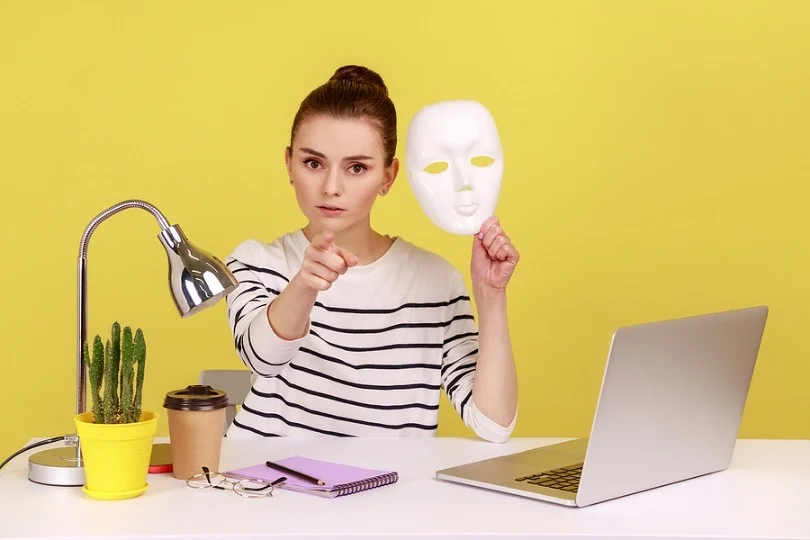The Rise of AI Face Generators: Transforming Digital Creativity
The Rise of AI Face Generators: Transforming Digital Creativity
In the ever-evolving landscape of artificial intelligence, one of the most fascinating advancements is the development of AI face generators. These tools have revolutionized the way we create and interact with digital images, offering endless possibilities for artists, designers, marketers, and tech enthusiasts. In this blog, we’ll explore what AI face generators are, how they work, their applications, and the ethical considerations surrounding their use.
What is an AI Face Generator?
An AI face generator is a type of artificial intelligence that creates realistic human faces from scratch. These faces are not based on real people but are entirely synthesized by the AI. The technology behind these generators typically involves deep learning algorithms, particularly Generative Adversarial Networks (GANs). GANs consist of two neural networks: the generator, which creates images, and the discriminator, which evaluates them. Through a process of continuous feedback and improvement, the generator learns to produce increasingly realistic faces.
How Do AI Face Generators Work?
The process of generating a face using AI involves several steps:
- Data Collection: The AI is trained on a vast dataset of human faces. This dataset includes images of people from various ages, ethnicities, and genders to ensure diversity in the generated faces.
- Training the GAN: The generator network creates images, while the discriminator network evaluates them. The discriminator’s feedback helps the generator improve its outputs. This adversarial process continues until the generator produces highly realistic faces.
- Generating Faces: Once trained, the AI can generate new faces based on specific inputs or parameters. Users can specify attributes such as age, gender, and facial features to create customized faces.
Applications of AI Face Generators
AI face generators have a wide range of applications across various industries:
- Digital Art and Design: Artists and designers use AI-generated faces to create unique characters for video games, animations, and graphic novels. These tools provide a quick and efficient way to produce high-quality visuals.
- Marketing and Advertising: Marketers leverage AI-generated faces for creating diverse and inclusive advertising campaigns. These faces can be used in promotional materials, social media posts, and websites.
- Entertainment: In the film and television industry, AI face generators assist in creating realistic CGI characters. This technology can also be used to de-age actors or create digital doubles.
- Virtual Reality and Augmented Reality: AI-generated faces enhance the realism of avatars in VR and AR environments, providing users with more immersive experiences.
- Research and Development: AI face generators are valuable tools for researchers studying facial recognition, human-computer interaction, and other fields related to computer vision.
Popular AI Face Generators
Several AI face generators have gained popularity due to their impressive capabilities:
- This Person Does Not Exist: This website generates random, realistic faces every time you refresh the page. It uses a GAN trained on a large dataset of human faces.
- Generated Photos: This platform offers a library of AI-generated faces that can be used for various purposes, including marketing and design.
- Fotor: Fotor’s AI face generator allows users to create photorealistic faces from text descriptions, making it easy to generate customized images.
- GoEnhanceAI: This tool enables users to generate faces by entering text prompts, providing a quick and efficient way to create realistic images.
Ethical Considerations
While AI face generators offer numerous benefits, they also raise important ethical questions:
- Privacy and Consent: Since AI-generated faces are not real people, issues of privacy and consent are less straightforward. However, the use of real faces in training datasets can raise concerns about data privacy.
- Misuse and Deception: AI-generated faces can be used to create fake identities, which can lead to fraud, misinformation, and other malicious activities. It’s crucial to implement safeguards to prevent misuse.
- Bias and Representation: The quality and diversity of the training dataset significantly impact the AI’s outputs. If the dataset lacks diversity, the generated faces may reflect biases, leading to issues of representation and fairness.
- Intellectual Property: The use of AI-generated faces in commercial projects raises questions about ownership and intellectual property rights. Clear guidelines and regulations are needed to address these concerns.
The Future of AI Face Generators
The future of AI face generators looks promising, with ongoing advancements in technology and increasing adoption across industries. Here are some potential developments to watch for:
- Improved Realism: As AI algorithms continue to evolve, the realism of generated faces will improve, making it even harder to distinguish between real and synthetic images.
- Customization and Control: Future AI face generators will offer more precise control over facial attributes, allowing users to create highly customized faces with specific features.
- Integration with Other Technologies: AI face generators will likely be integrated with other AI technologies, such as natural language processing and voice synthesis, to create fully interactive digital personas.
- Ethical AI: There will be a greater focus on developing ethical AI practices, including transparent data usage, bias mitigation, and robust safeguards against misuse.
AI face generators are transforming the way we create and interact with digital images. From enhancing creativity in art and design to providing innovative solutions in marketing and entertainment, these tools offer endless possibilities. However, it’s essential to address the ethical considerations and ensure responsible use of this powerful technology. As AI continues to advance, the potential for AI face generators will only grow, opening up new horizons for digital creativity and innovation.

